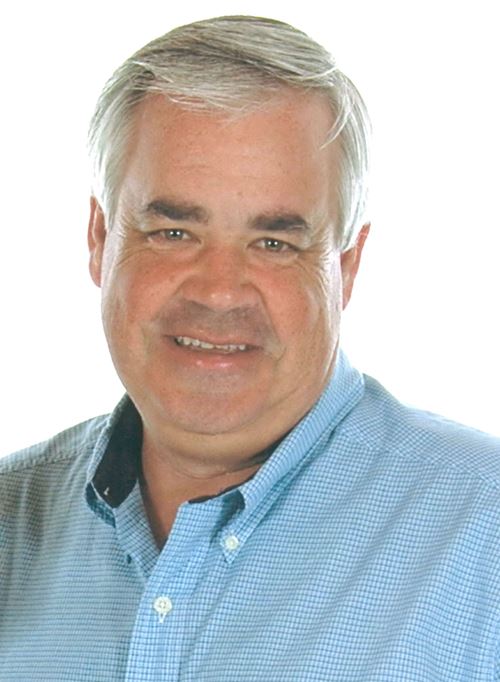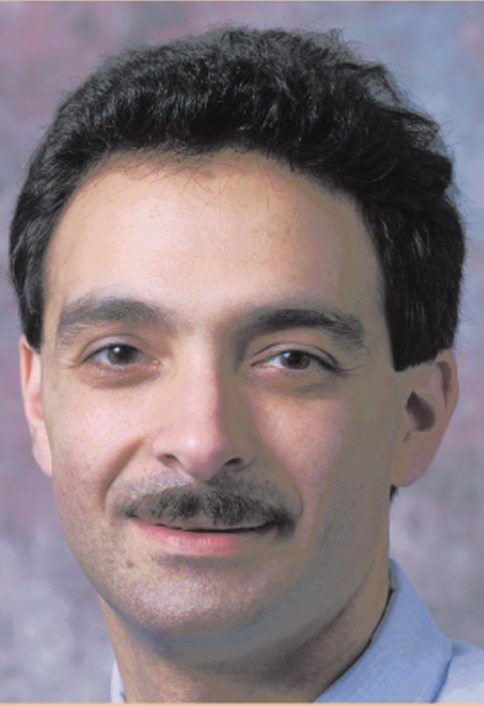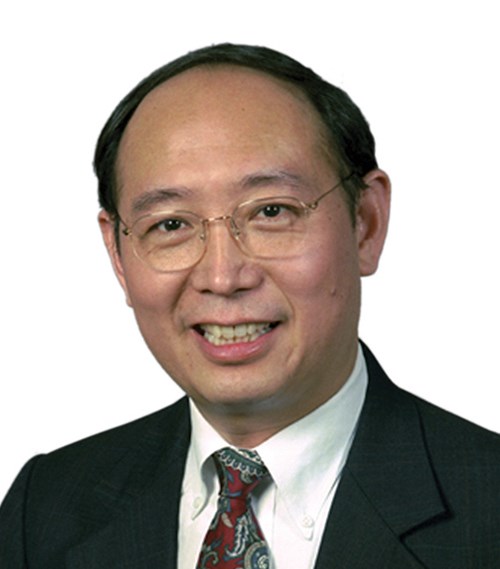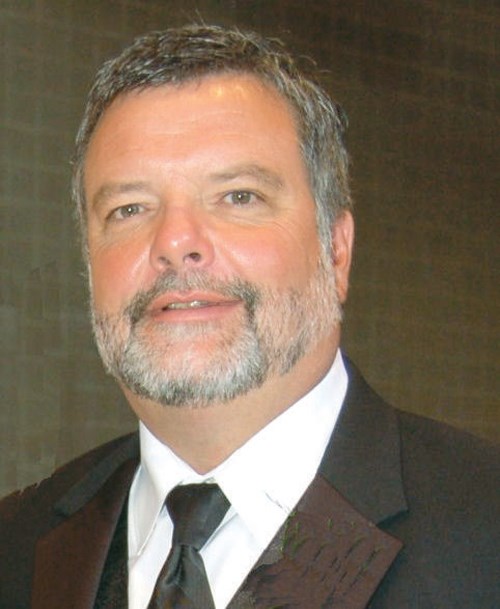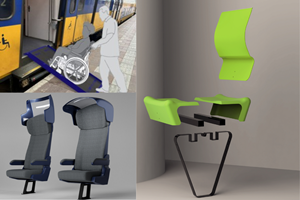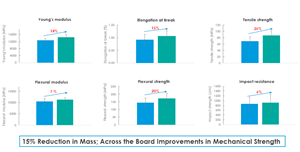A convergence of market outlooks
At the recent CompositesWorld Expo, held Oct. 28-30 in Schaumburg, Ill.
At the recent CompositesWorld Expo, held Oct. 28-30 in Schaumburg, Ill., our four keynote speakers discussed current and potential composites use in their respective markets: aerospace, automotive, wind and infrastructure. Their revelations and insights were both illuminating and promising.
Peter Wu, VP and chief scientist at Spirit AeroSystems Inc. (Wichita, Kan.), reported that his firm, despite the recession, has seen no slowdown in activity as it works to fine-tune production of the Boeing 787’s composite forward fuselage section and prepares to begin work on the composite center fuselage section and wing spars of the forthcoming Airbus A350 XWB. Noting that Spirit has $28.2 billion (USD) in backlogged orders, he predicted that the company will be busy for some time. Wu emphasized that Spirit is evaluating many emerging composites technologies, including out-of-autoclave processing, fast nondestructive inspection techniques and new simulation software, and made it clear that Spirit is actively seeking technical partners.
On the automotive front, Jim deVries, staff technical specialist and manager of the Manufacturing Research Dept. at the Ford Research Laboratory (Detroit, Mich.), discussed the role of composites in the evolving automotive market. He focused first on the perfect storm that has enveloped the auto industry in the last 18 months: Record-high oil prices, the recession and its impact on buyers, and new, more stringent CAFE (corporate average fuel economy) standards. Lightweighting of cars, he noted, is critical, and if auto OEMs are to survive, greater fuel efficiency is mandatory. While traditional automotive composites have been good, he said, they won’t be good enough to meet future weight targets — the competition is no longer steel, but aluminum. He believes natural fiber-reinforced composites will expand, primarily in interior applications, and low-density sheet molding compounds (SMC) reinforced with carbon fiber in a low-cost matrix will find application in the future. But, given the current carbon fiber cost structure, deVries said Ford favors aluminum over carbon fiber and glass fiber SMC. If the cost of industrial-grade carbon fiber drops to $5 per lb, he noted, then it could become competitive, at least at higher production volumes. Yet, deVries also posed a tough question: If the cost of carbon fiber wasn’t an issue, would carbon fiber suppliers be able to meet the resulting automotive demand that, for $5/lb carbon fiber, could be as high as 75 million lb (~34,000 metric tonnes) per year?
Stephen Nolet, principal engineer and director of innovation at wind turbine blade manufacturer TPI Composites (Scottsdale, Ariz.), discussed the U.S. goal to provide 20 percent of its power by 2030 from wind sources, noting the challenges of federal policy instability, transmission issues, tower siting and cost/reliability concerns. Nolet set out a series of benchmarks that he believes must be achieved by the wind industry to meet the “massive” 20 percent goal: a 10 percent reduction in capital costs; a 15 percent increase in turbine capacity factor; and a 35 percent reduction in operations and maintenance costs. He explored the need for longer, lighter blades and the challenges of wind shear, noting blade technologies designed to mitigate wind load variations, such as aeroelastic tailoring and flat-back airfoils. Although carbon fiber has a role to play in blades, Nolet, like deVries, sees cost as the largest mitigating factor. On the maintenance side, Nolet noted the importance of embedded sensors in blades that can signal real or potential failure — TPI has evaluated piezo sensors, crack gauges and wireless load cells. Asked about the potential to automate wind blade production, Nolet was cautionary. He believes automation “will follow design,” and that fabric placement via automated gantry system (as proposed by some machinery designers) is too expensive. However, he sees automation as critical in fabric cutting and adhesive application.
The final keynoter, Dr. Habib Dagher, director of the AEWC Advanced Structures and Composites Center at the University of Maine (Orono, Maine), reviewed the Center’s work with a new composite technology for bridge structures. Called “bridge in a backpack,” it features structural fiber tubes that can be folded to duffel-bag size for transport, then inflated at the work site and infused with resin on a portable frame to form lightweight hollow arches. Anchored side-by-side in footings on opposite sides of the span, the arches are filled with concrete and covered with composite panels that support the roadway. Dagher says 50 percent of U.S. bridges now in need of replacement span 70 ft/21m or less, making them good candidates for this technology. Moreover, the new technology can compete on a first-cost basis with concrete and steel, as evidenced by the latest installation in Maine. Six Maine bridges will be replaced with this technology next year. Notably, Dagher’s group has attracted the interest of U.S. Secretary of Transportation Ray LaHood and President Barack Obama’s “Green Cabinet.”
Related Content
Materials & Processes: Resin matrices for composites
The matrix binds the fiber reinforcement, gives the composite component its shape and determines its surface quality. A composite matrix may be a polymer, ceramic, metal or carbon. Here’s a guide to selection.
Read MorePrice, performance, protection: EV battery enclosures, Part 1
Composite technologies are growing in use as suppliers continue efforts to meet more demanding requirements for EV battery enclosures.
Read MoreSMC BMC Design Award 2024 winners showcase projects at JEC World
Awards ceremony to be held on March 6th will recognize the top three selected SMC and BMC designs submitted by European design students and young design professionals.
Read MoreGraphene-enhanced SMC boosts molded component properties
CAMX 2023: Commercially sold GrapheneBlack SMC from NanoXplore increases part strength, stiffness and provides other benefits for transportation, renewable energy, energy storage and industrial markets.
Read MoreRead Next
CW’s 2024 Top Shops survey offers new approach to benchmarking
Respondents that complete the survey by April 30, 2024, have the chance to be recognized as an honoree.
Read MoreFrom the CW Archives: The tale of the thermoplastic cryotank
In 2006, guest columnist Bob Hartunian related the story of his efforts two decades prior, while at McDonnell Douglas, to develop a thermoplastic composite crytank for hydrogen storage. He learned a lot of lessons.
Read MoreComposites end markets: Energy (2024)
Composites are used widely in oil/gas, wind and other renewable energy applications. Despite market challenges, growth potential and innovation for composites continue.
Read More
